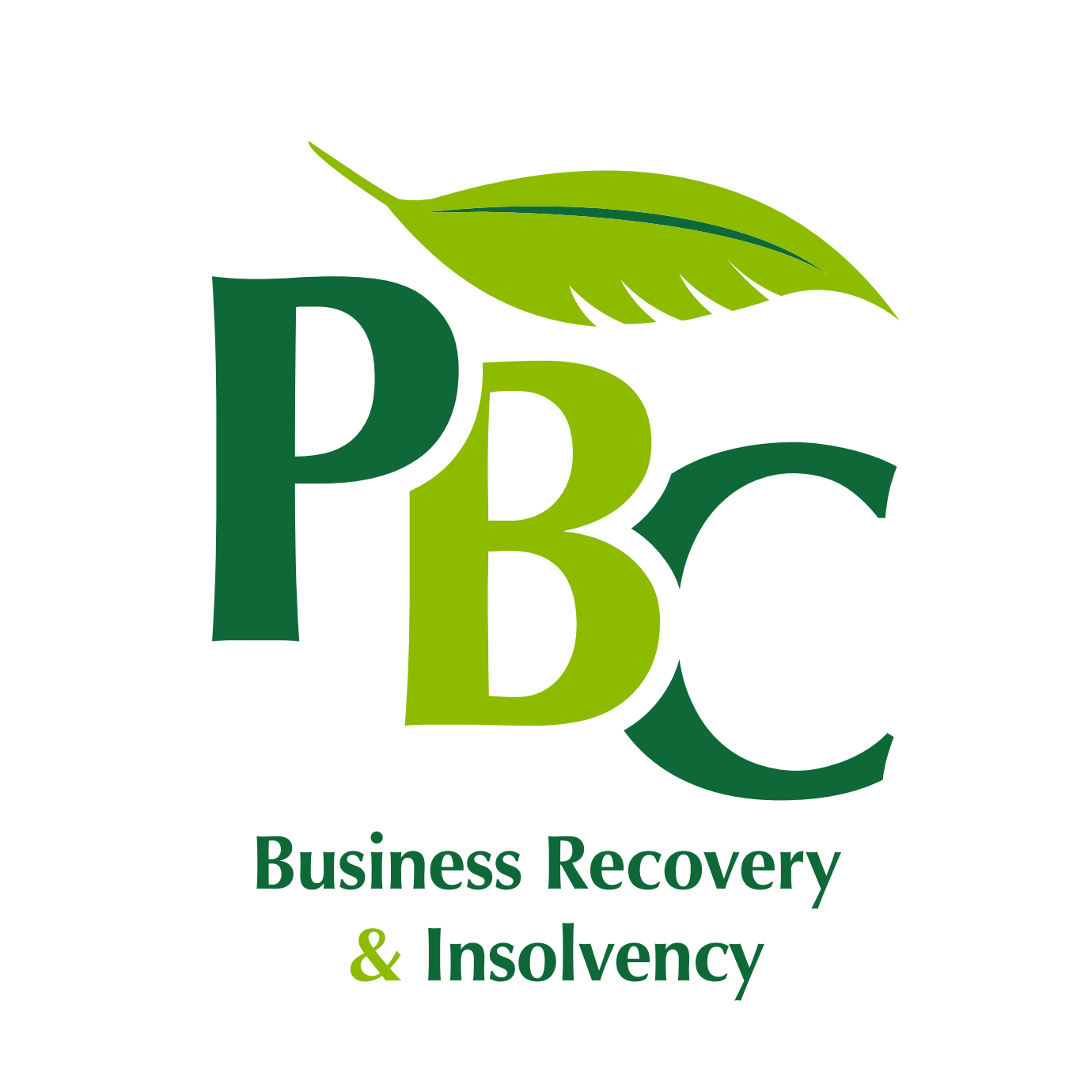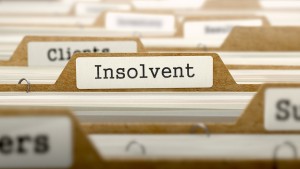My most recent blog on the Chancellor’s support schemes (available here) included comments on the Bounce Back Loan scheme. One question I have received following that blog focussed on how using the funds from the loan to pay off debts personally guaranteed by the director would be treated (as the Bounce Back Loan scheme does not involve any personal guarantee) and I thought I would take the opportunity to explain the situation.
The Insolvency Act 1986 states “a company gives a preference to a person if that person is one of the company’s creditors or a surety or guarantor for any of the company’s debts or liabilities and the company does anything…..[which puts] that person which, in the event of the company going into insolvent liquidation, will be better than the position he would have been if that thing had not been done”.
So let’s unpick that legal jargon for a moment by revisiting the scenario. The director was a guarantor for a company debt. The company did something which put the director in a better position – by paying off the debt which had been guaranteed and removing the potential for the creditor to call on the guarantee.
However, that is not the whole situation. The liquidator has to prove three things:
- The transaction took place at a relevant time. As the director is a connected party, the transaction must have taken place in the two years prior to the liquidation.
- The company must have had the desire to prefer the individual who received the preferential treatment. As the director is a connected party, this desire is presumed (but can be rebutted by the director).
- The company was insolvent at the time of the transaction or as a result of the transaction. Clearly, this fact is subjective on the facts of each individual case.
Let’s return to our scenario. Could the company have taken out a bounce back loan to repay other business borrowing (whether or not guaranteed) to take advantage of the low interest rates on the Bounce Back Loan versus their existing borrowing? Therefore, the director may argue that the desire was not there as they were seeking to improve the cash-flow of the business, but that argument would be stronger if contemporaneous notes (something I strongly advise) were made explaining the thinking behind the transactions, particularly as such transactions may be challenged several years later.
As previously stated, each scenario will depend on its own facts. Should you be worried about your position or you have another insolvency-related issue then please contact me at PBC Business Recovery & Insolvency on (01604) 212150 (Northampton office) or (01234) 834886 (Bedford office). Alternatively, you may send an email to jamiecochrane@pbcbusinessrecovery.co.uk or access our website at www.pbcbusinessrecovery.co.uk






